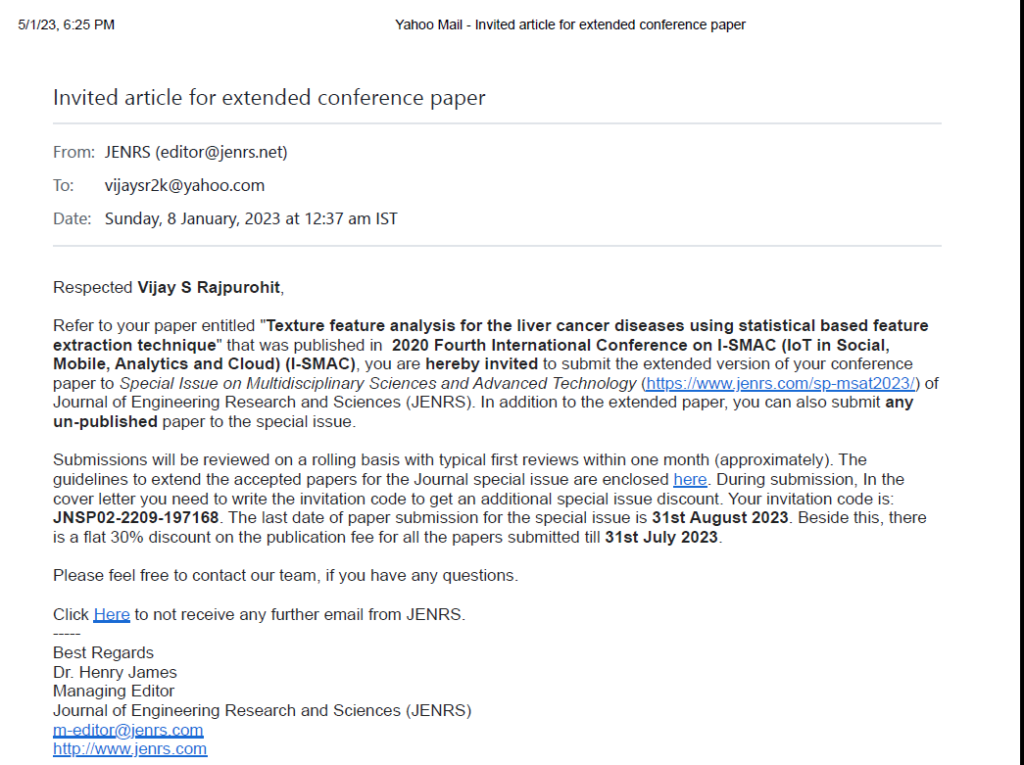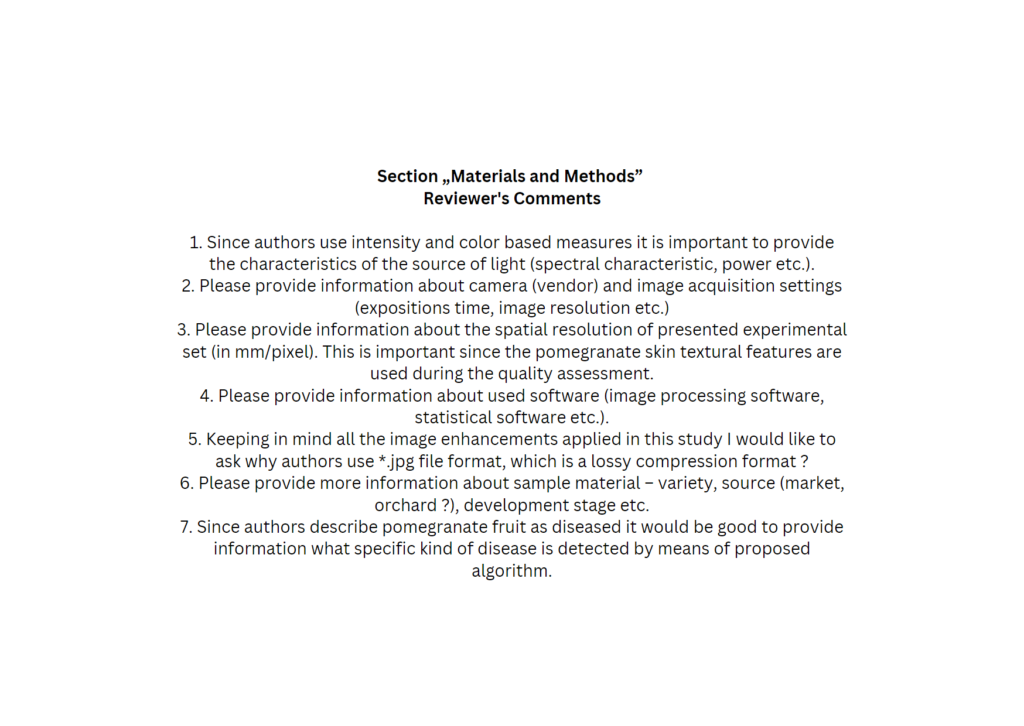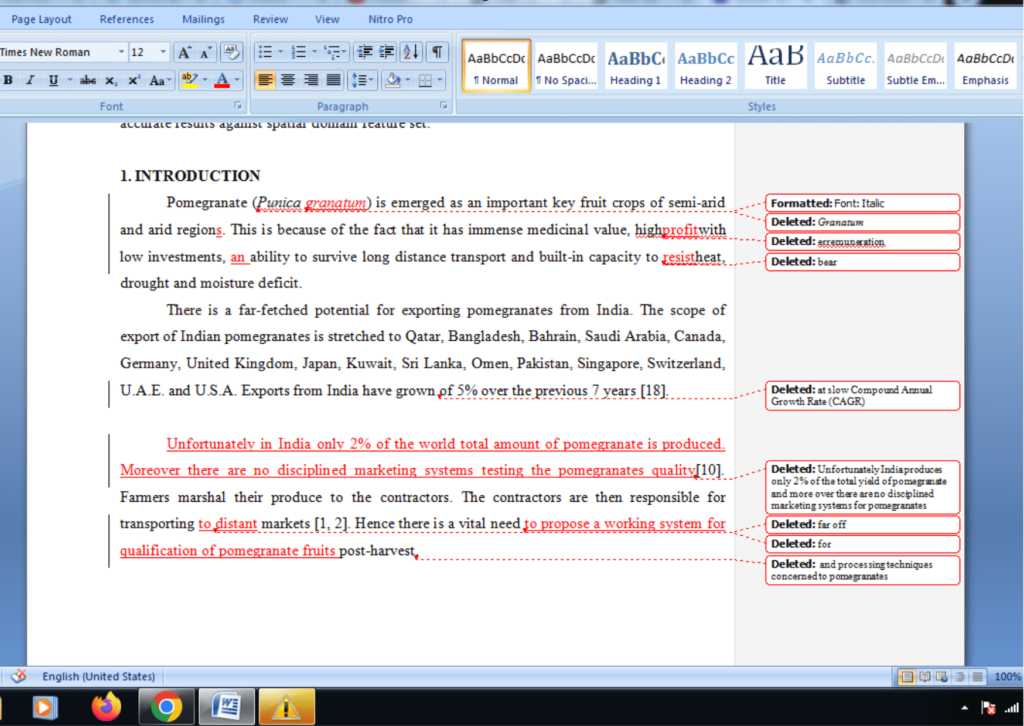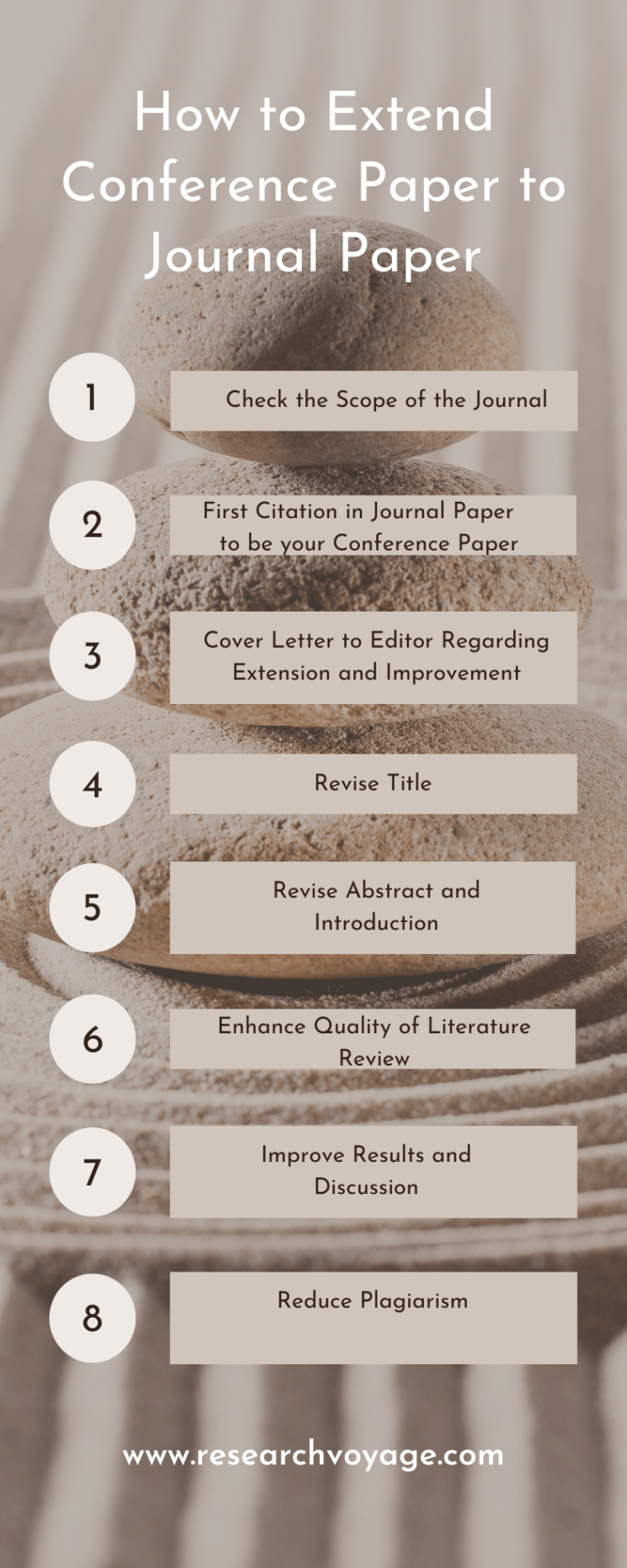Introduction
A few years back when I started my PhD work, I presented my preliminary work at an international conference at IIT Delhi. After a few days, I received a mail from one publisher for submitting my same work as an extended paper to one of their upcoming journal. I thought the extended version would be to add a few more survey papers, extend the number of table contents and add more figures from the data set.
So I prepared my extended paper and submitted it with lots of hope that the paper will be accepted as is. However, I got a mail a few days after that the content is not an extended version and in fact, it is self-plagiarised. I was shell-shocked and perplexed. Then I groped the internet to understand the extended version of the existing paper and to my surprise, it is altogether a fresh perspective for the existing paper without putting much effort.
Then I reworked the whole paper within a week to arrive at a new version and resubmitted the extended paper. Hurrah !! this time I received an acceptance mail with minor corrections. Similarly, I have published many articles in journals as an extended version of the conferences. If I can do you can also come out with flying colours with little effort on your extended conference papers.

Academic conferences are opportunities to present your latest ideas to the research community in little time. Once you present your paper, you will come out with lots of ideas, and perspectives on your existing work based on the inputs received by the session participants. How to add these ideas to the existing work and get better recognition? that’s where the extended paper comes into the picture. You can also include new information in the manuscript and tailor your conference paper to the style of a journal manuscript.
An extended paper which normally appears in a Journal publication is an improvised and polished version of a conference paper. The improvisations to the conference paper are done from the abstract to conclusions sections by: adding more information; providing in-depth insights; carrying out detailed comparative analysis; and representing subtle visualizations.
Although the structure of conference papers and journal articles can be the same (from an IMRaD perspective), you will need to change elements like flow, style, and formatting because the two publications’ purposes and target audiences differ. For instance, journal articles are intended for reading, but conference papers are intended for presentation.
Conference papers are typically limited to 4 to 6 pages, limiting the methodology and discussion section as minimal as possible. This will help in expanding these sections for the journal article at a later stage. References are also limited to recent publications.
The material of the conference paper will need to be changed by 30 to 50 per cent for the journal publication. Building on the insights in the study will help you achieve this (especially as a conference paper is more for presenting preliminary findings). More details and illustrations are needed. More tables and figures with data should be added.
The conference and extended papers will be side-by-side compared by the editor or reviewers. You want it to seem as though the conference paper was merely a nascent form, while the journal paper is fully developed. The journal edition should in no way resemble the original paper with a few extra sentences here and there.
The expanded paper should generally adhere to the following rules:
Match Extended Paper to Journal’s Scope
The first thing to note here is to identify a journal with a title and scope which are in line with your conference paper.
For example, if your conference paper title is
Image Segmentation and Analysis for Pomegranate Fruit Leaves using Deep Neural Networks.
Then search for journals in the domain of Image processing, Data Analysis, Agriculture Technology etc. For example, the journal “Journal of Computer Vision and Image Processing (IJCVIP)” matches the search. Read the scope and expectations of the journal. If the scope has keywords like Image Processing then go ahead with the submission process.
First Citation in Extended Paper to be your Conference Paper
The First Citation must be to the original conference paper and how it is being expanded using words such as: “This paper is an extension of work originally presented in conference name”. The example given below demonstrates the same.
| Super-resolution techniques convert a Low-Resolution Image to a High-resolution image for the purpose of remote sensing applications. Most of the existing techniques when applied with super-resolution images exhibit a loss of quality and deviation from the original multi-spectral LR image. Thus, this paper aims at proposing an efficient super-resolution method using the hybrid model. ……….. This paper is an extension of work originally presented in the conference ICCCES [1]”, …….. ……. …….. References: 1.Anil B. Gavade, Vijay S. Rajpurohit, “Multispectral Super Resolution and Image Quality Assessment Comparative Analysis”, Published in proceedings of International Conference on Computing, communication and energy System (ICCCES) held on 29th and 30th Jan, 2016 at Rajarambapu Institute of Technology, Rajaramnagar, Islampur. |
Cover Letter to Editor Regarding Extended Paper Revisions
In the highlighted paragraph below I have listed the Reviewer’s comments for one of my research papers.

In the following highlighted paragraph, I have listed the corrections incorporated by me for the reviewer’s comments for one of my conference papers. This information I have shared this with the Journal editor along with my cover letter.
| Revisions: The abstract has been corrected. A literature review has been corrected by including past tense statements. Statements in Line numbers 16-17 are modified for better understanding for a reader. Statements in line number 21 are now simple to understand. The introduction chapter provides a brief overview of the pomegranate fruit and computer vision system. Hence it is not modified. However, figure 1 is removed and the same is replaced by the appropriate reference. The literature review explains the related work in the past. However, if required we will cut short things. Materials and methods: The properties of light sources are updated in Table I Camera specifications are provided in Table I Spatial resolution is mentioned in Table I The software used is mentioned at the beginning of ‘Materials and Methods’ The software used for image acquisition is Logitech Webcam Software Version 2.31 Build 13.31.104. The default format of the image is ‘.jpg’. However, the jpg images are later converted to ‘png’ format during feature extraction. Fruit sample details are now updated in Table I The main aim of the current work is to segregate the fruit samples into either healthy or diseased ones. The work does not concentrate on the determination of any particular disease in the fruit. However human experts’ opinion is adopted when picking the healthy fruits and diseased ones. Scientific reasons for ANNs and wavelet features are mentioned. However, the comparison of our method to other methods is not done because from the literature survey we found that no work was done on pomegranate fruits in the way we carried it out. Hence the comparison is done with the human expert. |
The following figure displays the corrections incorporated in one of my conference papers as per the suggestions given by the reviewer’s comments. This document helps the editor of the journal to trust the work carried out by the author and the quality of the review done at the conference.

Revise the Title and Abstract of the Extended Paper
The Table below compares the Conference paper title and abstract with the extended paper sent to the journal for review. Along similar lines, the Introduction and Method sections can be extended.
| Conference Paper | Extended Paper | |
|---|---|---|
| Title | Pomegranate Leaf Disease Feature Extraction Using Deep Neural Networks | A comparative analysis of Leaf disease feature extraction using Deep Neural Networks |
| Abstract | The topic of extracting useful leaf disease features using image-processing methods has been investigated by the image-processing community for decades. Image processing research for leaf spot disease identification has matured significantly throughout the years, and many advances in image processing techniques continue to be made, allowing new techniques to be applied to new and more demanding pathological problems. In this paper, a method for the detection and classification of leaf spot diseases affecting the Pomegranate crop is developed using Deep learning Neural networks. The results obtained from the experiments are encouraging. | In this paper, a comparative analysis of the methods used for the detection and classification of leaf spot diseases affecting the Pomegranate crop is done. Two prominent algorithms namely Convolutional Neural Networks and Recurrent Neural Networks are used for comparative analysis. Throughout, we have presented tables and charts to compare the performance of the proposed methods. Experimental results show that Convolutional Neural Networks handle uncertainty effectively and they can be trained with limited data sets. The paper has also made suggestions for future research directions. |
Extended Paper with Improved Literature Review
Add more survey papers to the extended paper. Each survey paper should be thoroughly analysed with respect to the data sets used, the methodology adopted and the results obtained. The Table below compares the Conference paper with the extended paper for one paper literature review.
| Conference | Extended Paper | |
|---|---|---|
| Survey | Xu Liming and Zhao Yanchao [2] developed a machine vision system for automated strawberry grading. The results obtained were satisfactory with a less than 5% size error, color grading accuracy of 88.8% and shape accuracy of 90%. Also, the algorithm took not more than 3 seconds to process a fruit. Research gap Manual operation of the grading system. | Xu Liming and Zhao Yanchao [21] developed a machine vision system for automated strawberry grading. A new algorithm has been developed to calculate the strawberry shape and to grade the strawberry. The system consists of the following four units: (1) Mechanical unit (2) Image processing unit (3) Detection unit and (4) Control unit. The mechanical unit consists of a conveyer belt, a platform, a leading screw, a gripper and two motors. Motors were used to help the strawberry transport and gradation. The image processing unit consists of (1) a Camera (Model: WV-CP470, Panasonic) (2) an Image collecting card (Model: DH-CG300, Daheng) (3) a Closed image box and (4) A computer. Strawberry grading was carried out based on three types of features: shape, size and color. Shape gradation was based on long-taper, square, taper and rotundity. Size gradation was implemented based on a threshold value corresponding to the strawberry maximum horizontal diameter. For color gradation, L*a*b* color space was used in which the threshold value was set according to the dominant color method on a* channel. The results obtained were satisfactory with a less than 5% size error, color grading accuracy of 88.8% and shape accuracy of 90%. Also, the algorithm took not more than 3 seconds to process fruit. Research gap The strawberries in the grading system were put on the belt manually. In further research, the strawberries could be transported automatically in order to improve the automation |
Improve the Results and Discussion Section of the Extended Paper
While adding results to the extended paper please note the following:
Simply do not add more outputs or images to the paper. Instead, add more parameters to the analysis part. Analyse the results from various angles such as i)based on time ii)based on location iii)based on gender etc.
For Example: For the conference paper you might have analysed the results for identifying the bacterial blight disease presence on pomegranate plants as yes or no. In the extended paper, you can add stages of the bacterial blight disease, identifying the disease and classifying the plants affected based on the region in which they are grown, identifying the disease and classifying the levels of infection based on the season in which it has occurred etc.
Reduce the Plagiarism Level of Extended Paper
Plagiarism should be strictly avoided including self-plagiarism. Many times authors get confused regarding plagiarism that by only paraphrasing existing text they can get rid of the plagiarism. However, plagiarism tools are intelligent to catch paraphrased content. So always my advice to you is to write content on your own otherwise your paper will be get rejected.
Think Out of The Box to Extend the Paper
There may be a situation where you have given the copyright transfer of your research paper to the conference organizers. In such a situation, you can not extend the paper and submit it to any journal as the conference editors have the right over your research paper presented at the conference. In such a scenario, you need to think out of the box for extending the paper. I have written an interesting article on The Secret to Writing 10 Research Papers on One Concept: An Ultimate Guide for Researchers. This article will help you to extend the conference paper without affecting the copyright transfer.
I also suggest you to go through one more article on Copyright Transfer and Granting Exclusive Rights: Key Differences for Research Authors. This article will help you to understand the copyright transfer pros and cons and one should be cautious before signing any copyright agreement.
Conclusion
For budding researchers extending their existing conference papers to a journal is an excellent opportunity to make their work counted for PhD submission. Extending the research paper requires little and smart effort an author has to put it into an existing conference paper. This article has listed 07 steps an author has to follow to extend his confernce paper to an extended paper for a journal.


